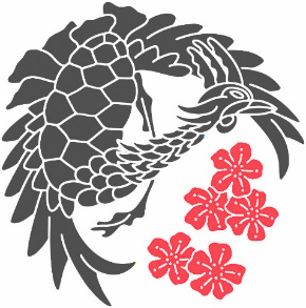1853-54 | The Opening of Japan by the United States and rapid modernization
Until 1853, Japan had maintained a centuries-old policy of self-imposed isolation from the world. After its shores were forced open by the United States, Japan began to take bold steps to replace its weak feudal government, and rapidly adopted Western science, technologies, and social systems.
By the time of the World’s Columbian Exposition in 1893, Japan was ready to demonstrate to the world how far it had progressed in only 40 years, and prepared the largest budget and the most elaborate plans of any foreign nation participating at the exposition in Chicago.
Japan’s primary goals were to establish itself in the eyes of the world as a modern, industrial nation that was open to trade and commerce with other nations, and to overcome the unequal treaties that had been imposed upon it.
Milestones in Japan’s development after opening included the restoration of the Emperor as the nation’s leader in 1868, the adoption of a constitution in 1889. By 1893, Japan was ready to present itself as both a modern and ancient civilization to the world.
